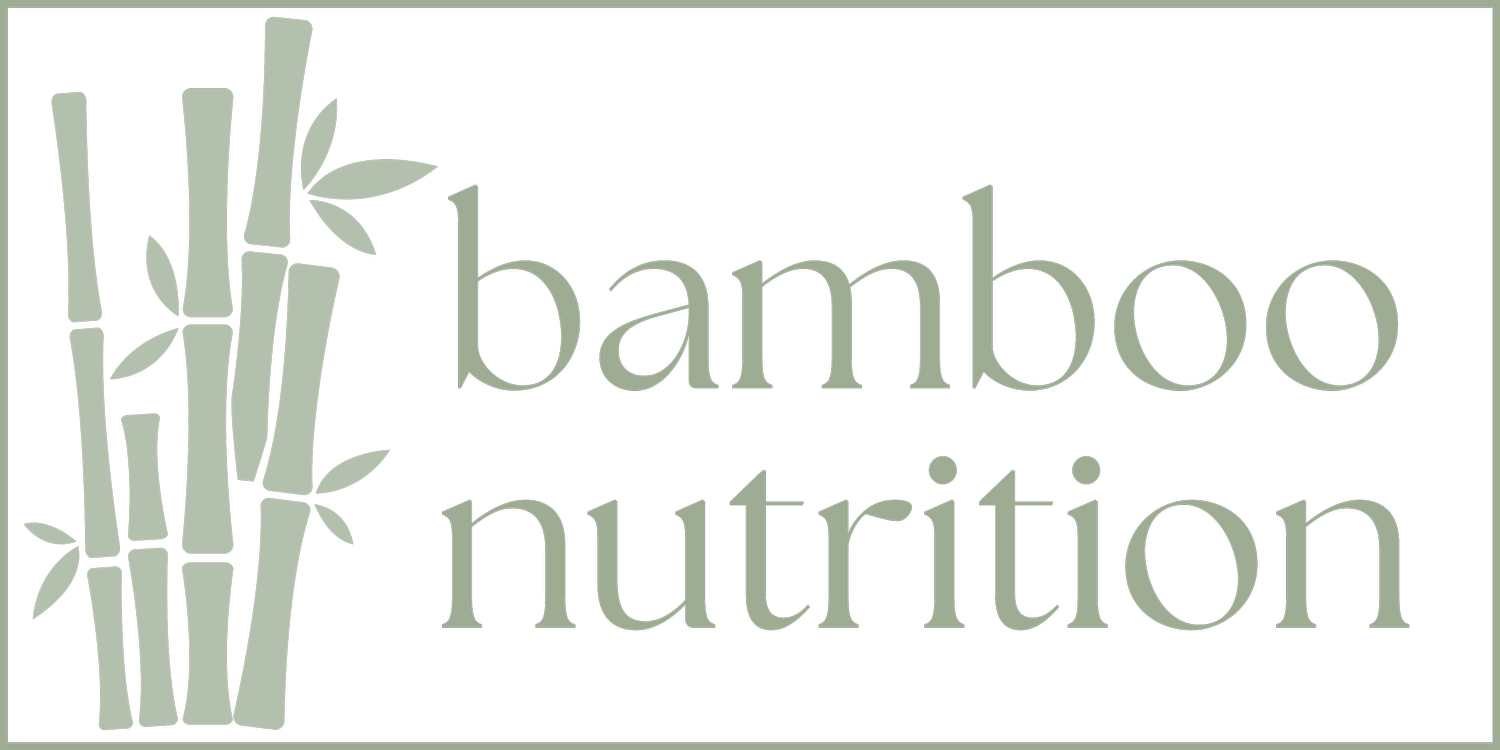Everyone is unique when it comes to when, why, and how they set their new year resolutions (NYR). Some think about these NYR for months leading up to January 1st. Others decide the week or even the day before. Does the WHEN really impact whether or not these goals are sustainable?
On the contrary, you could set these NYR months in advance but not put a lot of thought into why or how you will incorporate them into your daily life.
Let’s think about what impacts the WHY. Right after Christmas ends, fitness and beauty advertisements take over the internet space with their “shockingly low deals” that will expire soon unless you act now! “Take advantage quickly or you’ll miss out on big savings!” Advertisements like these easily influence our WHY. We all want to save, especially after the holidays, but it is important that we come up with this WHY before bargain shopping, if not then who is really making these NYR? You or the advertisements?
When thinking about your WHY, its easy to jump to the big goal right away, and that’s completely fine. What we do need to realize though is that January 1st is just the day after December 31st. We are not magically re-born or blessed with a new sense of motivation or self-empowerment. The same obstacles that stood in our way on December 31st will be there come January 1st. Think about those obstacles and ask yourself these 3 questions:
What prevented me from achieving this big goal in 2019?
What is one thing I can do to remove some of those barriers or make this goal easier to attain?
What would implementing that small strategy look like on a daily or a weekly basis?
Once you’ve sat back and learned from your history, it makes setting smaller goals easier and more attainable.
If you’re wanting to “lose weight,” ask yourself WHY. Don’t make the big goal be to lose weight. Make the big goal be your WHY. By making your NYR more targeted at a motivation behind the behavior, we are more likely to feel motivated, happy, and empowered. Numbers might seem like the way to go, but they can bring about discouragement, unrealistic ideals, and lead us to abandoning our goals fairly quickly.
“Target your NYR at the motivation behind the behavior.”
The HOW is also very important. Once you have your WHY figured out (which may take some time to think through), you can begin figuring out how you can best achieve your smaller goals and thus, your big goal.
When you reflected on the 3 questions above, what was your answer to number 3: “What would implementing those small strategies look like on a daily or weekly basis?” The key to sustainability is to build up momentum. Marathon runners don’t just sign up for the marathon and run 26.2 miles no problem… they train for it one mile at a time. Ever heard of the “Couch to 5k?" Let’s start there. Once we can run the 5k, we can train for the 10k, then the half marathon, and finally, the marathon.
Let’s do a quick activity. You remember the spiderweb assignments you may have done in english class in middle school? Get your pen and paper out, Here we go! Pick a main goal then from there come up with smaller goals and from those small goals plan more smaller goals. You begin with your main NYR, and from there write out smaller things that are affected by the one large goal. These could be barriers: time, money, space, or these could be milestones.
For example, sticking with the marathon analogy… NYR is I want to run a marathon. That is the center of my web. From there I would have to come up with an exercise plan, sign up for a race, and figure out the how to fuel for a marathon and the training it requires. Looking at just the exercise plan, this will include running and perhaps stretching and strength training. From there I know for running I need to make my plan and buy the proper equipment (running shoes and clothes). Yoga… I need to find a studio and sign up for classes that fit into my schedule, weight lifting may require a trainer or a gym membership. Looking at signing up for a race I need to take into consideration how long I want to train for, what time of year I want to run, and where I would like to run. Then I need to register, make sure I can afford the prices or the place I may stay. Lastly, nutrition. I might need a dietitian who can help me understand what nutrients my body will need to feel and perform my best.
Try this activity on your own. Use it to develop your HOW.
Thinking about the WHY and the HOW are key to increasing your confidence and success. These goals don’t need to be made by or even on January 1st; as we have already established, the WHEN does not impact the success of your NYR as much as the WHY and HOW.
Key Highlights:
Plan the WHY
Then plan the HOW
Don’t focus on the numbers. Numbers are not a measure of health.
Make sure it fits into your life. January 1st 2020 is only the day after December 31st 2019, not a deadline.
Take your time making these goals. The more thought you put into making your goals, the more likely you are to have more confidence in working to achieve them. That’s all more important than when you set them.
Bamboo Nutrition likes to help individuals reach their nutritional goals and build their confidence in making food choices. If your NYR is to read more, check out the online book club offered by Bamboo Nutrition! www.bamboonutritionrd.com/book-club
The books read in this online book club are about nutrition, anti-diet culture, and fostering positive body image.

